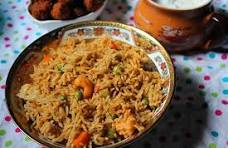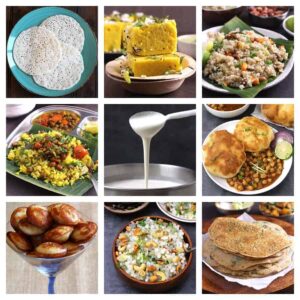Sambar, a quintessential South Indian dish, is not just a curry; it’s an experience that tantalizes the taste buds with its rich flavors and aromatic spices. While it’s a staple in South Indian households, mastering the art of making the perfect sambar requires precision and an understanding of its traditional preparation methods. In this blog post, we’ll delve into the secrets of preparing the best South Indian sambar that will transport you to the heart of the region’s culinary heritage.
Introduction:
- Selecting the Ingredients: The foundation of a great sambar lies in the quality of its ingredients. Start by gathering fresh vegetables like drumsticks, okra, carrots, eggplant, and tomatoes. Additionally, you’ll need to have toor dal (split pigeon peas), tamarind pulp, sambar powder, and a mix of aromatic spices such as mustard seeds, fenugreek seeds, dried red chilies, and curry leaves.
- Preparing the Dal: Rinse the toor dal thoroughly and pressure cook it until soft and mushy. Mash it well using a spoon or a dal masher to achieve a smooth consistency. The dal acts as the base of the sambar, lending it a creamy texture and nutty flavor.
- Tempering the Spices: Heat oil in a pan and add mustard seeds, fenugreek seeds, dried red chilies, and curry leaves. Allow the mustard seeds to splutter and the spices to release their aroma. This tempering process, known as tadka or tempering, infuses the oil with the essence of the spices, enhancing the overall flavor of the sambar.
- Adding Vegetables: Chop the vegetables into bite-sized pieces and add them to the tempering along with a pinch of turmeric powder and salt. Sauté the vegetables until they are slightly tender, ensuring they retain their vibrant colors and natural flavors.
- Incorporating Tamarind: Dilute the tamarind pulp in water and pour it into the pan with the cooked vegetables. Tamarind adds a tangy punch to the sambar, balancing the earthy notes of the dal and spices. Adjust the amount of tamarind according to your preference for acidity.
- Introducing Sambar Powder: Sambar powder, a quintessential blend of spices like coriander, cumin, fenugreek, and dried red chilies, is the soul of the sambar. Add the desired quantity of sambar powder to the mixture and allow it to simmer, allowing the flavors to meld together harmoniously.
- Uniting the Elements: Combine the cooked dal with the simmering vegetable and spice mixture. Stir well to ensure that the dal is evenly distributed and absorbs the flavors of the other ingredients. Allow the sambar to simmer on low heat, allowing it to thicken to your desired consistency.
- Garnishing and Serving: Finish the sambar with a garnish of fresh coriander leaves and a drizzle of ghee for added richness. Serve hot with steamed rice, idli, dosa, or vada for a wholesome South Indian meal that celebrates the vibrant flavors of the region.
Conclusion: Preparing the best South Indian sambar is a labor of love that requires patience, attention to detail, and a passion for traditional flavors. By following these steps and infusing each ingredient with care and precision, you can unlock the secrets of this iconic dish and embark on a culinary journey that celebrates the rich heritage of South Indian cuisine.



